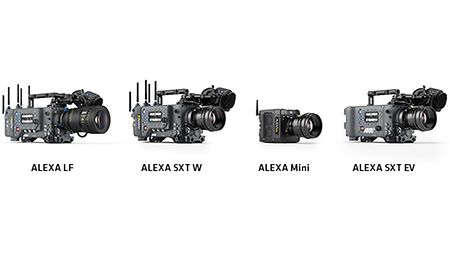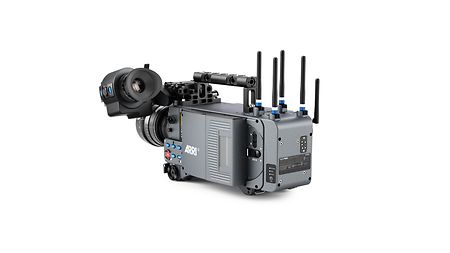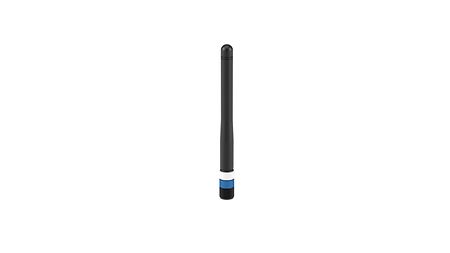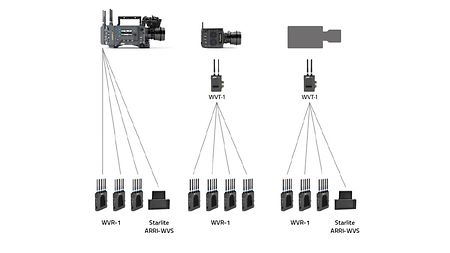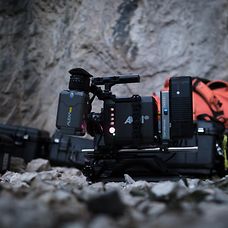The use of devices on the 5 GHz frequency band requires regional certifications which will be provided by ARRI for the countries listed below. To comply with regional certifications, different regional software versions will be installed on the Wireless Video devices by ARRI manufacturing or ARRI Service Centers.
Region Settings for integrated HD-video transmitters in ALEXA LF and ALEXA SXT W, Wireless Video Transmitter WVT‑1 and Wireless Video Receiver WVR‑1:
Region Setting Australia:
Australia, New Zealand
Region Setting Canada:
Canada, USA*
*It is legal using the ARRI WVS devices in the USA with the Canada region setting. However, the Canada region setting uses nine different frequencies while the USA region setting uses 11 different frequencies. This may limit the maximum amount of WVS devices on the same set.
Region Setting China:
China
Region Setting Europe:
Albania, Andorra, Austria, Belgium, Bosnia and Herzegovina, Bulgaria, Croatia, Cyprus, Czech Republic, Denmark, Estonia, Finland, France, Germany, Greece, Hong Kong, Hungary, Iceland, Ireland, Italy, Latvia, Liechtenstein, Lithuania, Luxembourg, Malta, Monaco, Montenegro, Netherlands, Norway, Philippines, Poland, Portugal, Romania, San Marino, Serbia, Singapore, Slovakia, Slovenia, South Africa, Spain, Sweden, Switzerland, The former Yugoslav Republic of Macedonia, Turkey, United Arab Emirates, United Kingdom
Region Setting Japan:
Japan
Region Setting Middle East:
India
Region Setting South Korea:
South Korea
Region Setting Thailand:
Thailand
Region Setting USA:
USA, Taiwan
The Transvideo Starlite ARRI‑WVS monitor with built-in receiver is only certified for Europe, USA, Canada and Japan.
If a customer wants to use the ARRI WVS in a country other than the country it is currently programmed for, ARRI Service can change the regional software. Only devices with the same regional software version are compatible with each other.

